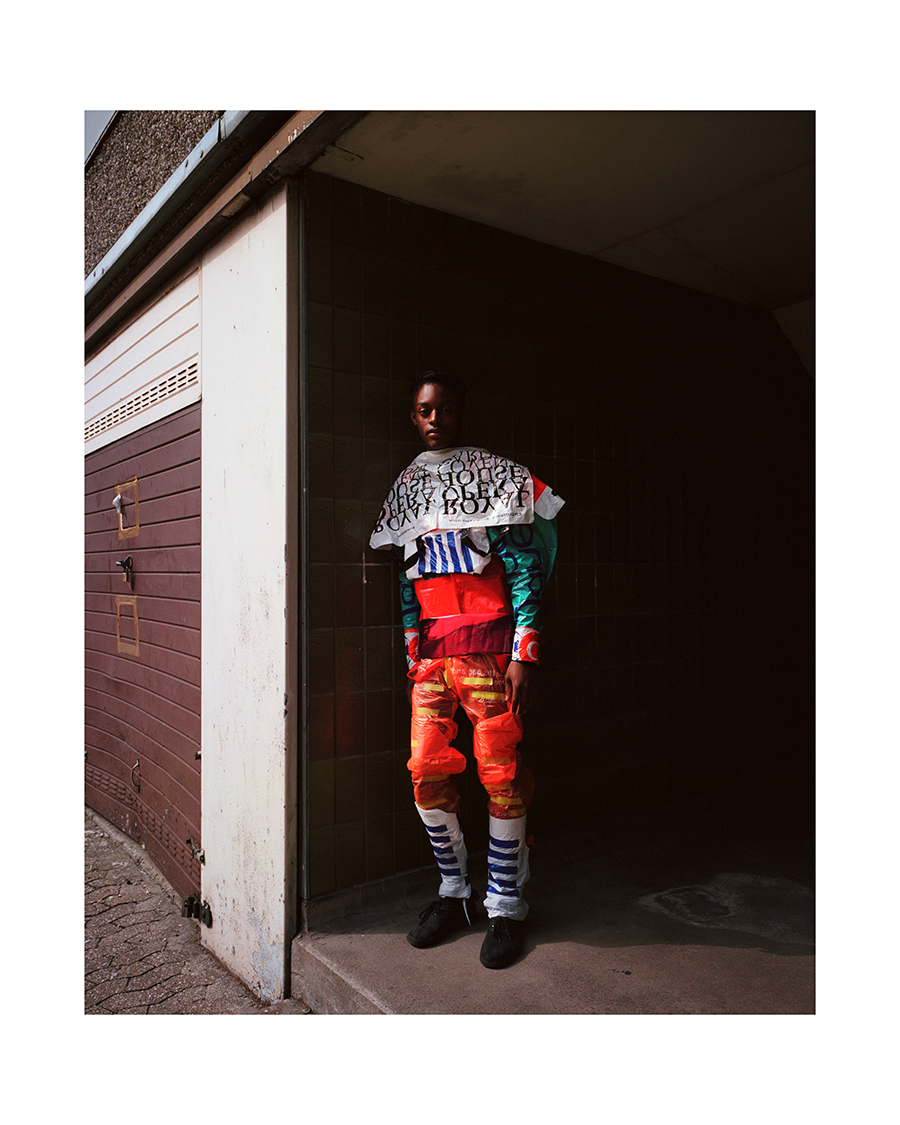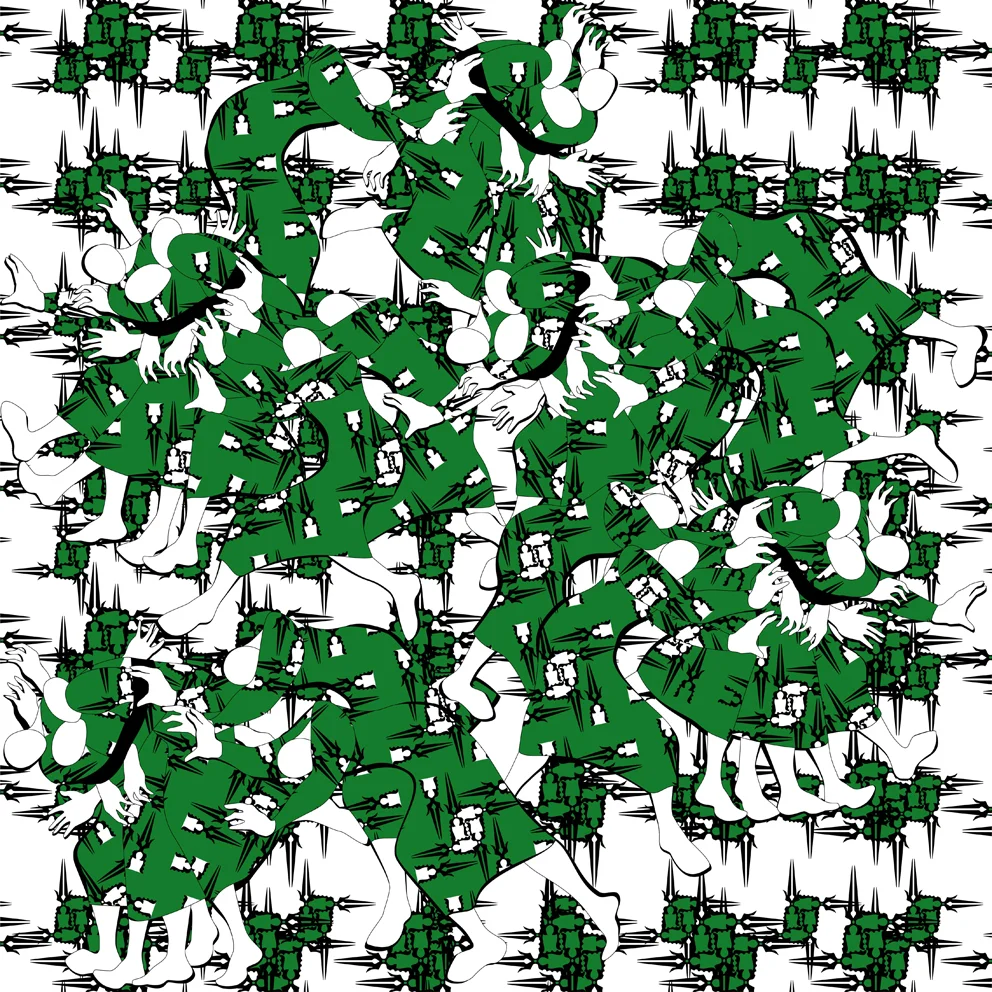Hiding in Plain Sight
curated by Justine Ludwig
Works by Carlos Amorales, Faiza Butt, Parastou Forouhar, Tsang Kin-Wah, and K. Yoland
October 13- November 14, 2016
Continuing Sapar Contemporary’s commitment to international artistic voices, the gallery is excited to announce the opening of its first group show, Hiding in Plain Sight. The exhibition, curated by Dallas Contemporary Director of Exhibitions/Senior Curator Justine Ludwig, draws inspiration from the technique of camouflage, used by animals to escape perception. In nature, detailed markings enable animals to appear as either predators or alternatively blend into their surroundings. This technique has been adapted to military contexts and is synonymous with martial fashions. Camouflage has become a loaded symbol. In the exhibition Hiding in Plain Sight, five artists use the technique of camouflage to obscure a message. They co-opt diverse languages in order to share subversive information. Content is hidden in the banal, exploring how deeper investment can lead to greater understanding. Featuring the work of five international artists who each take a different approach to this subject matter—Carlos Amorales (Mexico), Faiza Butt (Pakistan), Parastou Forouhar (Iran), Tsang Kin-Wah (Hong Kong), and K. Yoland (UK), Hiding in Plain Sight asks the view to take a second look at their quotidian surroundings.
Hiding in Plain Sight, an essay by Justine Ludwig
.
Carlos Amorales (b. 1970 Mexico City, Mexico) has penned fictitious news stories that he was able to have printed in a popular Mexican newspaper. Adopting the publication’s style of writing and structure, the artist and his team have managed to get seven spurious articles published. These articles range from a creative retelling of a popular novel to claims of Amorales’s ability to be in two locations at once.
Faiza Butt (b. 1973 Lahore, Pakistan, based in London, United Kingdom) superimposes animalistic camouflage patterns on the faces of men. These individuals—two from her trendy neighborhood in London and one from Afghanistan—have ambiguous origin leading to question of prejudice and identity. Each image is rendered in Butt’s signature style, inspired by the Mughal miniaturist practice and reminiscent of pointillism
Parastou Forouhar (b. 1962 Tehran, Iran, based in Frankfurt, Germany) uses elaborating patterning to hide violent acts. In these works, the activist/artist responds to the social and political situation in her home country of Iran. Figures are anonymous, interlocking, and, at times, bound.
Tsang Kin-Wah (b. 1976 Santou, China, based in Hong Kong) merges text with decorative William-Morris-inspired designs—obscuring messages hidden therein. Vulgarities prevalent on the Internet are interlaced with mundane descriptors in both English and Chinese to make elaborate patterns. The work appears as if chat room banter has reorganized itself into lush floral designs.
K. Yoland (B. 1980 London, United Kingdom, based between Dallas, Texas and London, United Kingdom) addresses the rapid gentrification of the Heygate Estate in Elephant and Castle, London. In her photographic series, Invisible Angels, young men are attired in cling film and shopping bags, effectively merging with their surroundings at times, while appearing as a gang at others.






